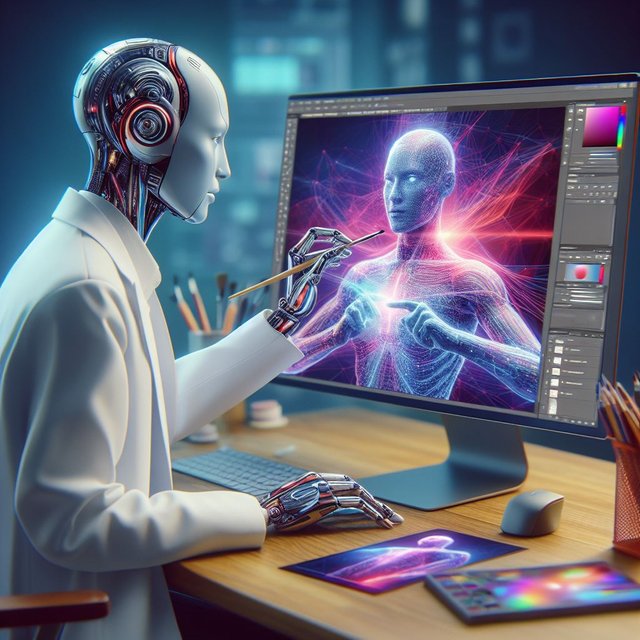Sora is an AI model developed by OpenAI that can create realistic and imaginative scenes from text instructions. The model is designed to understand and simulate the physical world in motion, with the goal of training models that help people solve problems that require real-world interaction.Sora can generate videos up to a minute long while maintaining visual quality and adherence to the user’s prompt. The videos generated by Sora are based on the user’s text instructions and can range from a stylish woman walking down a Tokyo street, to a gorgeously rendered papercraft world of a coral reef.
Sora was announced on 15th February 20242 and is currently in the red-teaming phase, where it is being assessed for critical areas of harms or risks. OpenAI is also granting access to a number of visual artists, designers, and filmmakers to gain feedback on how to advance the model to be most helpful for creative professionals. It’s designed to understand and simulate the physical world in motion, with the goal of training models that help people solve problems that require real-world interaction.
Sora can generate animations based on text prompts. For example, it can create a scene featuring a short fluffy monster kneeling beside a melting red candle. The art style is 3D and realistic, with a focus on lighting and texture. Sora can generate cityscape scenes based on text prompts. For example, it can create a street-level tour through a futuristic city which is in harmony with nature and also simultaneously cyberpunk/high-tech.
Sora can generate scenes featuring animals based on text prompts. For example, it can create a scene featuring two golden retrievers podcasting on top of a mountain. Sora can be used to create podcasts and videos based on text prompts. Sora can generate artistic scenes based on text prompts. For example, it can create a gorgeously rendered papercraft world of a coral reef, rife with colorful fish and sea creatures.
While it’s a powerful tool that can streamline workflows and minimize the need for extensive filming, editing, and post-production work. Instead, Sora’s integration may reshape creative professions. As certain tasks become automated, professionals have the opportunity to adapt and evolve their skill sets. For instance, video editors may transition to become creative directors, leveraging AI to streamline workflows and amplify their artistic vision creation. By automating repetitive tasks, they empower editors to work smarter, not harder. The most exciting thing is the idea of being able to bring your vision to life a bit quicker, to better demonstrate it and then hopefully get past some of the hurdles and the prohibitive walls of gatekeeping of the film industry.
However, it’s important to note that widespread adoption of AI tools in the movie-making process will depend largely on how courts land on novel legal issues raised by the tech. Among the few considerations holding back further deployment of AI is the specter of a court ruling that the use of copyrighted materials to train AI systems constitutes copyright infringement.

In conclusion, while Sora and similar AI technologies can enhance efficiency and productivity, prompting professionals to adapt and upskill, they are not expected to replace human creativity and expertise in the foreseeable future
Congratulations, your post has been upvoted by @upex with a 0.16% upvote. We invite you to continue producing quality content and join our Discord community here. Keep up the good work! #upex
Downvoting a post can decrease pending rewards and make it less visible. Common reasons:
Submit